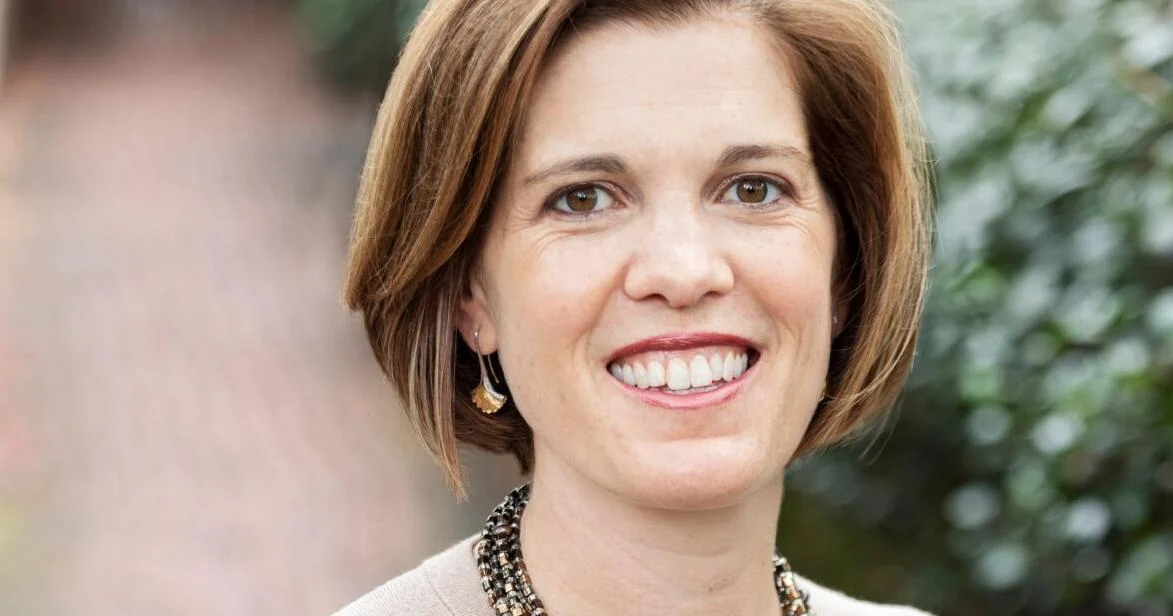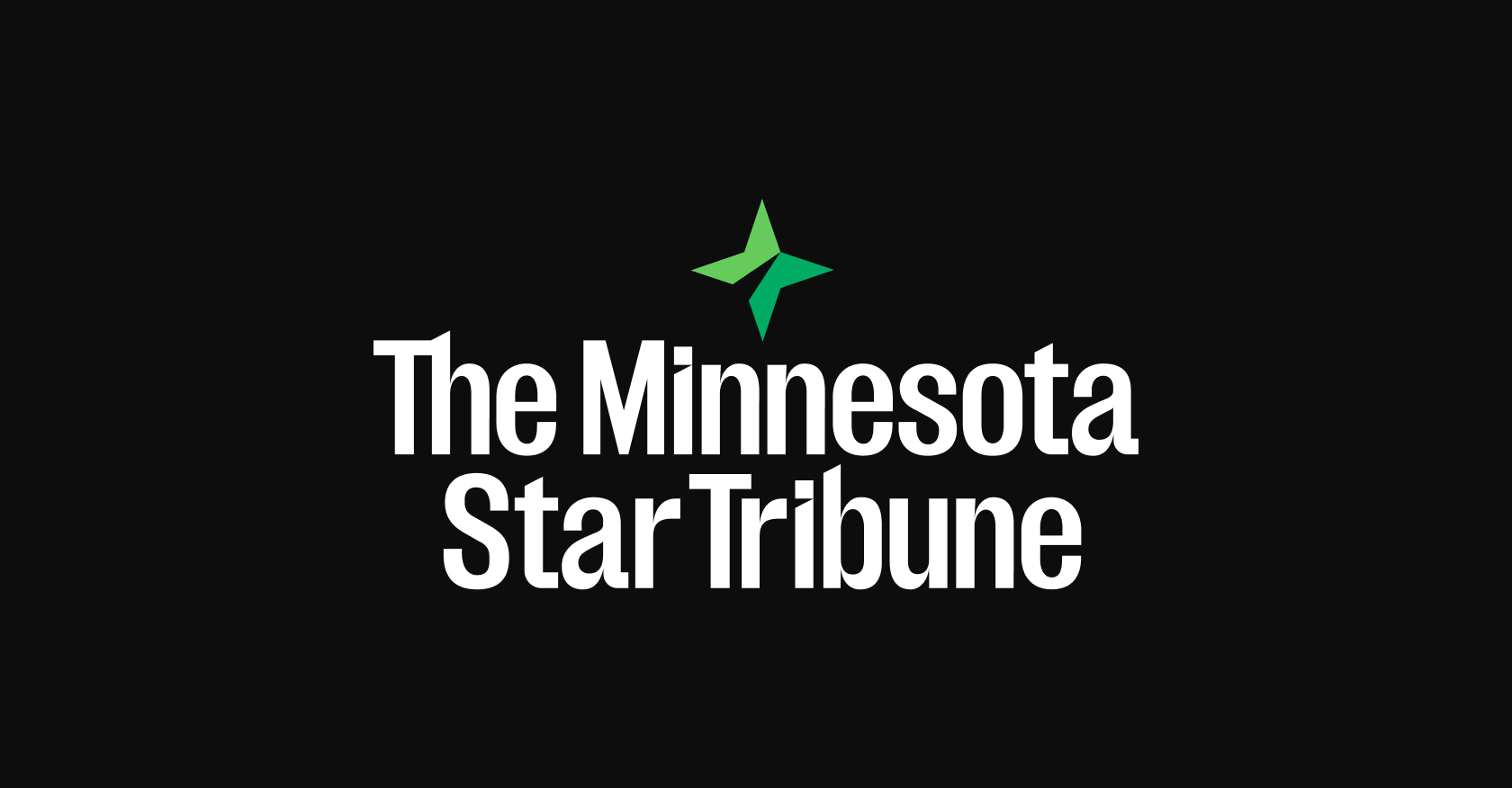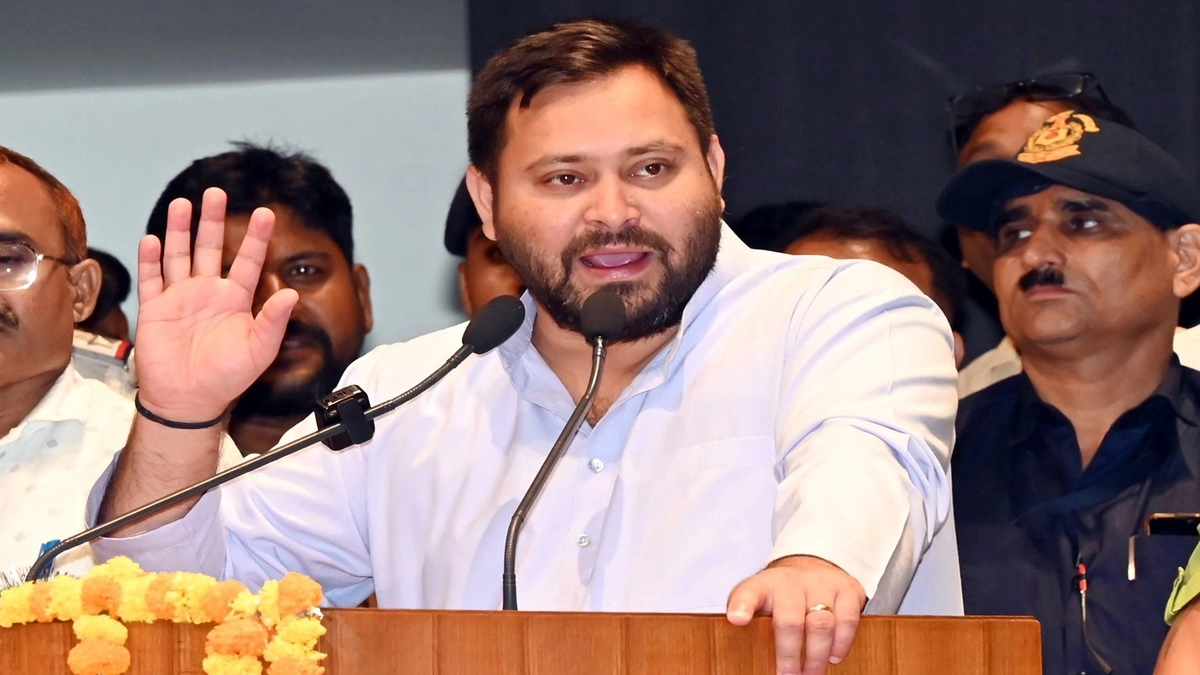Copyright Charleston Post and Courier

As we’ve observed significant pullbacks in government funding from the nonprofit sector, we’re hearing comments and questions grounded in fear and also genuine curiosity. “Whose job is it anyway to care for the most vulnerable in our country?” “Philanthropy will never be able to fill the gaps of large-scale government assistance and interventions — especially with issues like public health, housing and climate.” “So many of our society’s biggest challenges encompass large systems. How do we move forward without public resources at scale?” Our country’s social and environmental challenges seem suffocatingly huge. The wealth gap is growing. Access to high-quality health care and a high-quality education is out of reach for many. Owning a home or paying rent is increasingly unattainable for many Americans. The percentage of food-insecure Americans is increasing year over year. Climate disasters are at our doorstep. Meanwhile, government dollars addressing these challenges are evaporating, and new policies seem to make solutions even harder to grasp. Many are asking: Is it the job of governments to address our country’s greatest social and environmental problems? For decades, funding, regulation and policy at scale were the primary levers to address civil society’s challenges, from public health initiatives to environmental and climate problems to social welfare programs. The sentiment has decidedly shifted; many elected officials now want other sectors to step in to fill the government’s void. Government has the mandate and the resources to tackle some of the largest social ills, but in practice, its ability to act swiftly and innovatively is often hindered by bureaucracy, political polarization and funding limitations. This is where private markets, faith communities and philanthropy come in. Is it the role of private markets to address civil society’s greatest challenges? The limiting factors for markets to address large-scale problems are their ability to scale solutions and the fact that their philanthropic budget averages 1.1 percent of their pre-tax profit. Philanthropy is not the private market’s primary driver. Is it the job of the faith communities to meet the needs of civil society? Going back to ancient times, we’ve seen faith traditions step up to meet the needs of the most vulnerable. Most ancient religious texts mention caring for the poor and the notion of alleviating suffering. As our country has grown, so have our systems and challenges. At the same time, the number of people who identify with an organized religion is shrinking. Faithful messages about generosity are reaching fewer people. Can philanthropy provide the financial resources and thought partnership to solve these current-day challenges? It is estimated that there is $1.73 trillion sitting in private foundations and donor-advised funds, according to the National Philanthropic Trust. Historically, philanthropy has been the spark for innovation, a safety net when others falter and a critical voice for the marginalized. Philanthropy can: • Take long-shot, high-risk bets on social or policy innovations. • Fund social experiments over many years without the pressure of a political cycle. • Seed pilot initiatives at a local level and bring proven ideas to other sectors to scale with greater reach. • Understand local issues and nuances to drive philanthropic dollars effectively to make change. During the pandemic, we saw philanthropy quickly mobilize to let nonprofits address gaps in public health, education and food insecurity. Nonprofits are the engines behind civil society. They outpace other sectors in garnering Americans’ trust, with 57% of Americans having high trust in the nonprofit sector. Leaders are on the front lines in communities and building and adjusting solutions to meet the need. They need capacity to innovate, grow talent and strategize. Two out of three nonprofits in the United States receive a government grant or contract. As funding streams are shifting, leaders are quickly adapting and looking to philanthropy, private markets and faith communities to step up.



